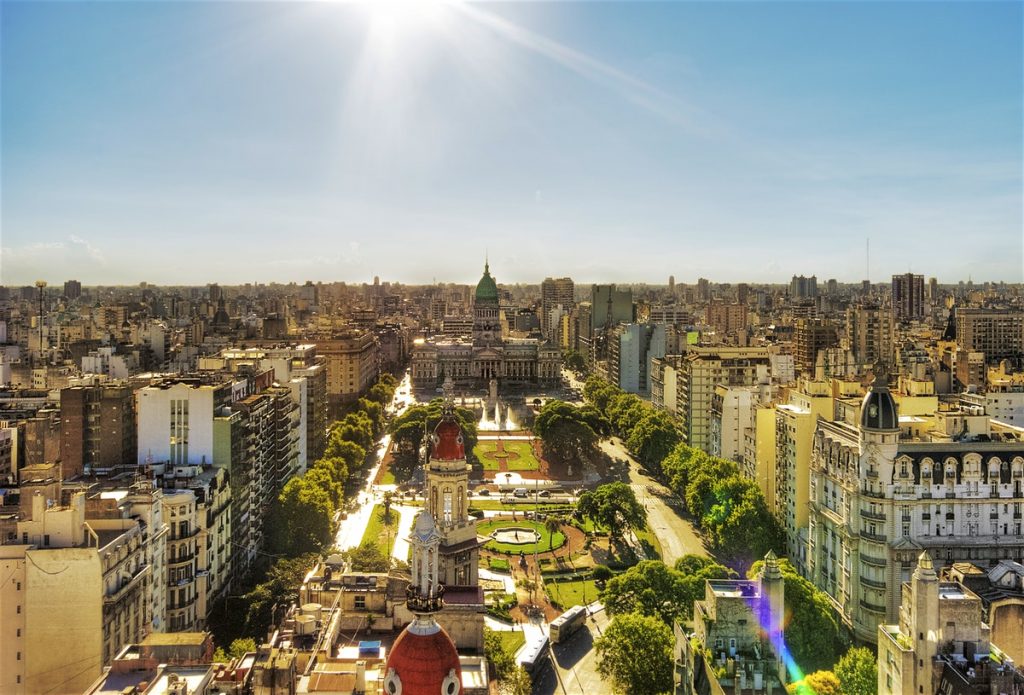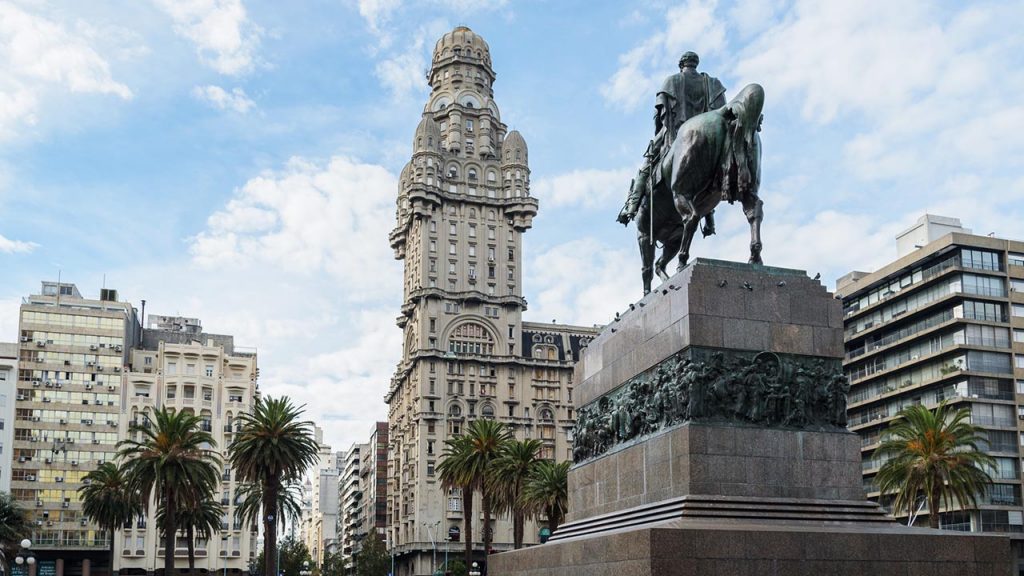RIO DE JANEIRO, BRAZIL – In exactly one month, on Sunday October 27th, both Argentines and Uruguayans will be voting to choose their presidents and vice presidents, senators and deputies. In Argentina, they also vote to choose governors.
In Argentina, the dispute is between incumbent President Mauricio Macri, representing the ‘Juntos por el Cambio’ coalition, and Alberto Fernández, of the ‘Frente de Todos’ coalition, whose candidate for vice president is Senator Cristina Kirchner. Roberto Lavagna, a former finance minister, is a third presidential candidate for the ‘Consenso Federal’ coalition.
In August, in the country’s primary elections, which serve as a major national poll, the Fernández-Kirchner bloc stunned observers by conquering 47 percent of voting intentions, more than the 45 percent needed to win in the first voting round in October.

Macri obtained 32 percent but is determined to make up the difference and take the race to a second round, scheduled for November 24th. The winner’s inauguration will take place on December 10th of this year.
After the primary election result, the dollar soared and Macri was forced to launch a series of measures to try to contain inflation and ease the Argentineans’ pockets a little.
The country is facing a severe economic and social crisis; inflation is expected to reach 55 percent this year; 30 percent of people live in poverty and the homeless account for almost ten percent of the population.
In addition, Argentina took out a US$57 billion loan from the IMF last year and now awaits a tranche to be disbursed, which will only be paid after the elections if there is an agreement with the next government.
Uruguay
In Uruguay, various polls point to different percentages, but they all agree that candidate Daniel Martínez’s left-wing party, Frente Amplio, leads the ranking with some 30 percent of voting intentions.

The Partido Nacional, of right-wing candidate Luis Lacalle Pou, comes second with 23 percent. Colorado parties, represented by Ernesto Talvi, and Cabildo Abierto, of candidate Guido Manini Rios, are nearly tied, with approximately 12 percent of voting intentions.
While the Frente Amplio and the Cabildo Abierto have been growing in the polls, the National Party, with its representatives known as “los blancos,” and the ‘colorados’, are declining.
In Uruguay, in order to win in the first round, 50 percent of the votes plus one are needed. The Partido Nacional is committed to taking the elections to a second round, scheduled for November 24th. The winner takes office on March 20th, 2020.

